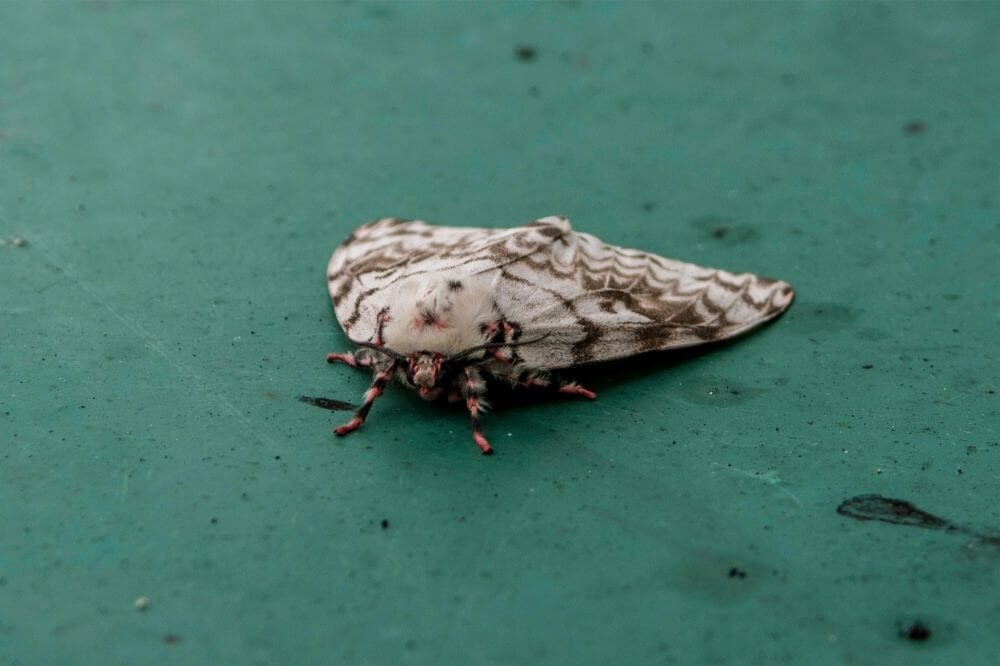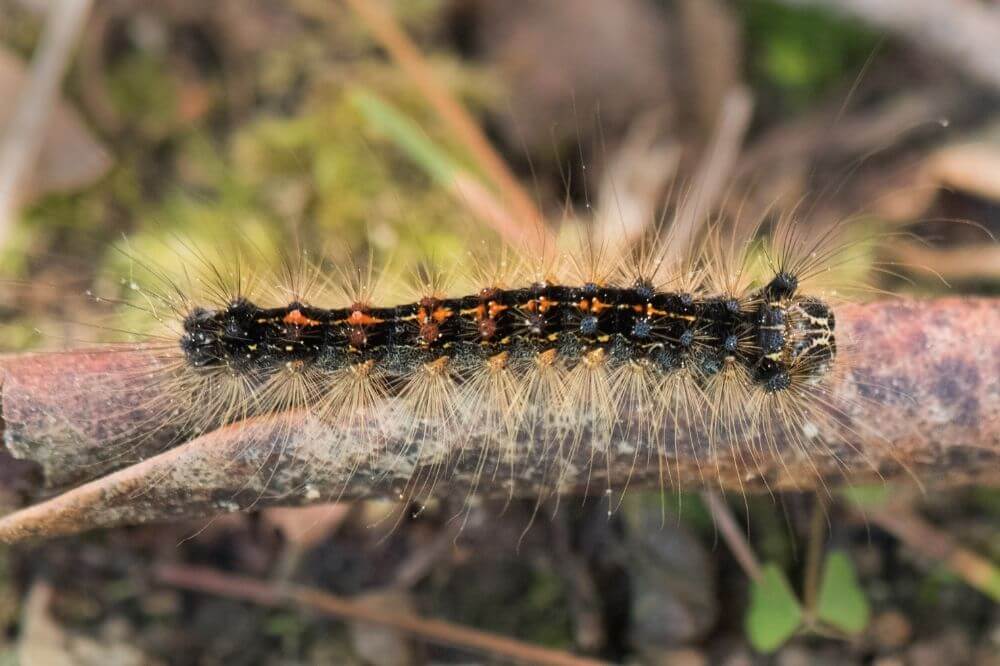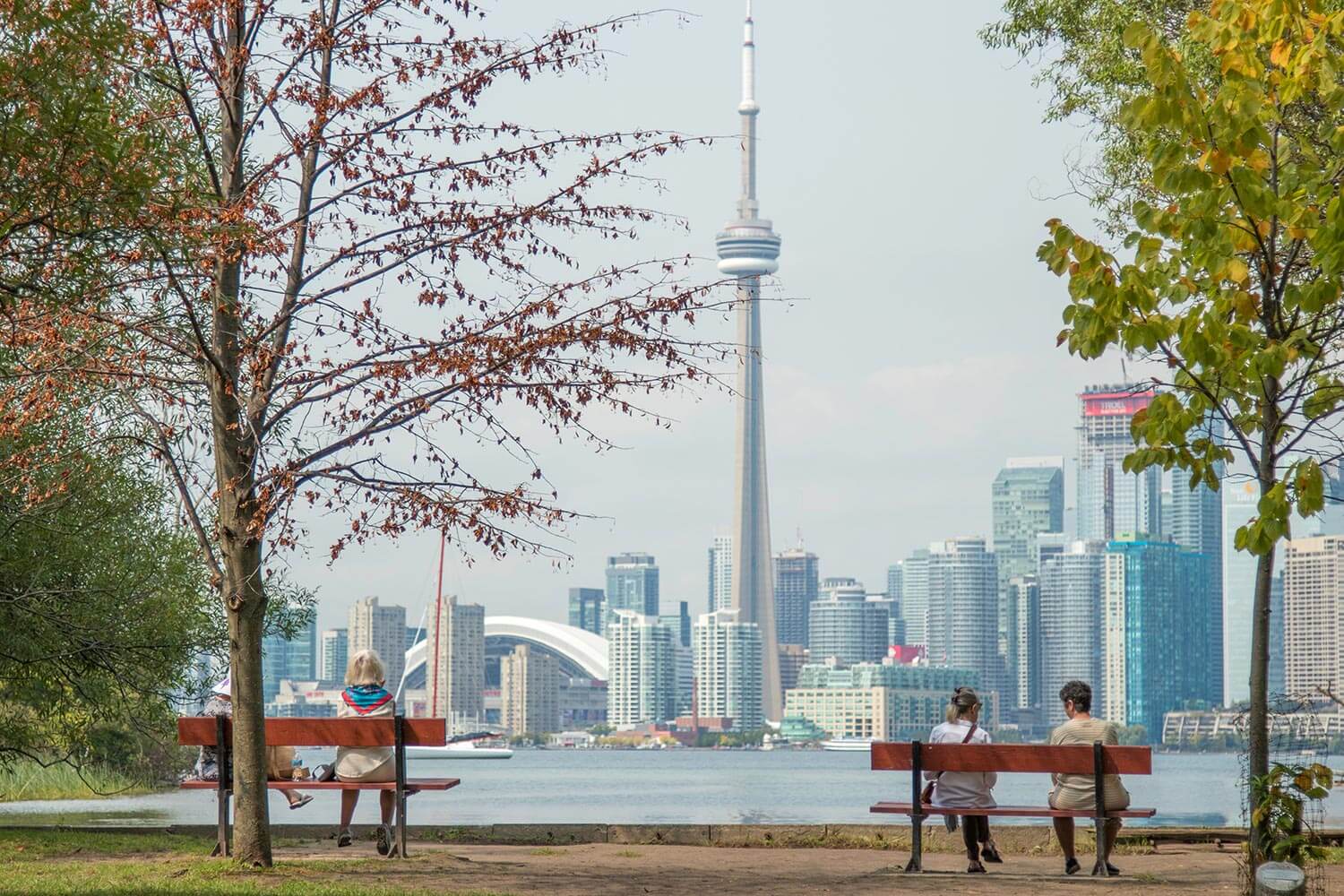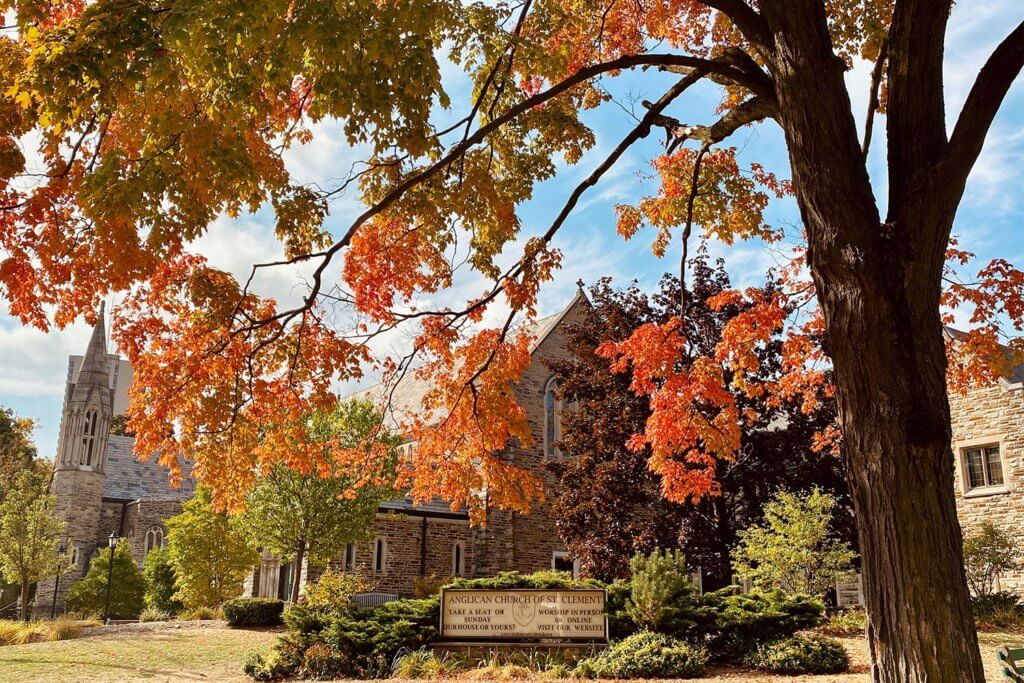The Gypsy Moth in Ontario is wreaking havoc throughout Ontario and Southern Canada.
The infamous European gypsy moth caused nearly 590,000 hectares of defoliation in Ontario last year and is on track to cause significant damage in 2021.
Where do Gypsy Moths Come From?
Originating from Europe, gypsy moths (Lymantria dispar dispar or LDD moth) were introduced to North America in 1869 for possible silk production and are now a well-established invasive species decimating trees and forests across Southern Canada and the Eastern US.
Gypsy Moths arrived in Ontario around 50 years ago and haven’t left.
Once established, the gypsy moth population fluctuates widely from year to year. Each population varies annually and fluctuates with local conditions. Years of inactivity can follow seasons with high numbers of caterpillars and heavy damage.
What Areas do They Affect?
Out of all of the stages of life, the gypsy moth caterpillar stage is arguably the worst; this is the only stage that the gypsy moth feeds. These hairy caterpillars have few natural predators and can coat a tree trunk and canopy so thick you can hear them.
The gypsy moth caterpillar infests trees in woodland or suburban areas and prefers to defoliate particular species of trees, such as oak, poplar, willow, birch, and sugar maple. But, during outbreak years, the caterpillars may completely defoliate nearly any broadleaf tree.
Impact of the Gypsy Moth in Ontario
As previously mentioned, the impact of gypsy moths change from year to year, and last year was a particularly rough year for Ontario; the area of trees completely decimated by gypsy moths was about the size of Prince Edward Island.
Not only do gypsy moths affect our trees, but the hairs on their legs can also cause an allergic reaction in some people. Therefore, it is strongly advised to use caution when visiting or hiking in parks this summer.
Gypsy moth caterpillars feed on approximately 500 different plants. Depending on population and age, caterpillars can chew small holes or completely strip the tree of all leaves.
Older caterpillars sometimes eat certain species of hardwood that younger caterpillars generally avoid. But, interestingly, when food is scarce, the caterpillars will feed on almost any vegetation.
Methods to Combat Gypsy Moths

Keeping your trees healthy is key to them surviving gypsy moth infestations. Healthy trees are better able to ward off attacks.
Similar to other tree pests, the gypsy moth will defoliate an injured or stressed tree first. Stressed trees often have wounds or deep crevices in the bark that provide the egg mass and larvae with a shelter that aids in their survival.
Preventative tips to reduce gypsy moth infestation in urban areas include:
- Water trees during droughts
- Protect the tree’s root zone
- Place mulch around the base of the tree to increase soil moisture
- Fertilize trees at appropriate times
- Avoid injuring trees with lawnmowers or other damaging objects
Preventative measures are no longer helpful once your tree has been affected by gypsy moths. Instead, homeowners can try methods such as:
Burlap Sacks
Placing a burlap band at chest level around the tree trunk, especially oaks, will catch caterpillars when they climb up and down the tree, looking for shade. This method also provides an easy way to monitor the gypsy moth population of your trees and yard.
To make a burlap band, wrap and tie a strip of burlap about 30 cm wide around the trunk of the tree. The caterpillars come down the trunk to find shade during the daytime and get trapped in the burlap band.
Check the burlap at least one to two times a day, pick off the caterpillars, and throw them into soapy water. When numbers are low, you can crush the larvae under the burlap.
Sticky Substances
Another method to fight a gypsy moth outbreak is to wrap your tree in a sticky substance, like duct tape, to trap the caterpillars. Caterpillars crawling up the tree will get trapped in the sticky material and die.
Make a band using duct tape and waterproof sticky material, such as petroleum jelly or Tanglefoot.
Make sure the bark is dry before wrapping the duct tape around the tree. Then, press the tape firmly into the bark cracks and grooves to prevent caterpillars from sneaking past your tape.
Just like the burlap sack, wrap the tape around chest height. Once the tape is placed, smear the sticky material around the center of the band of tape. If you apply the sticky substances directly to the tree bark, you can potentially disfigure or kill the tree you are trying to protect.
Periodically check the tape band to ensure it has not become clogged with larvae, insects, dirt, or debris. Apply sticky material as needed, especially after it has rained.
You can take the barrier bands down around late July after the gypsy moth caterpillars have pupated.
Is Your Tree Dead?
Even though it may look like your tree is dead, that is not always the case. While the damage caused by the gypsy moth may be ugly, it doesn’t make sense for them to kill their hosts. If they eat everything up, the next generation won’t survive- this is why gypsy moths go through cycles of abundance and decline.
It takes several years of severe defoliation to kill a tree unless the tree has already been affected by other factors such as drought, disease, and poor growing conditions.
Most trees will actually produce a second set of leaf buds- usually by late July. The second set of leaves provides enough energy for the tree to successfully survive winter.
Gypsy moth caterpillars seldom feed on conifers such as spruce, pine, fir, and Douglas fir unless levels of gypsy moths are high and the leaves on their preferred hosts have already been eaten.
Unlike deciduous trees, conifer trees have a much higher risk of dying when they are severely defoliated. This is because conifer trees produce buds in late summer and cannot create new leaf buds in time if they are defoliated.
How Nature’s Shade Can Help You Protect Your Trees and Yard
At Nature’s Shade, we can help keep your trees healthy and stable and take measures to protect them from the invasive gypsy moth.
Let us help you by pruning and removing dead branches and stumps from your property where the adult female moths are most likely to lay their egg mass. You can also turn any leftover debris into woodchips to use for mulch to protect your tree from next year’s infestations and increase soil moisture.
If your tree has died or the damage is beyond repair, we will work with you to explore all options. Nature’s Shade Tree Care professionals are trained in all things tree removal and will be there to help you from start to finish.
Give us a call today and request a FREE quote.



